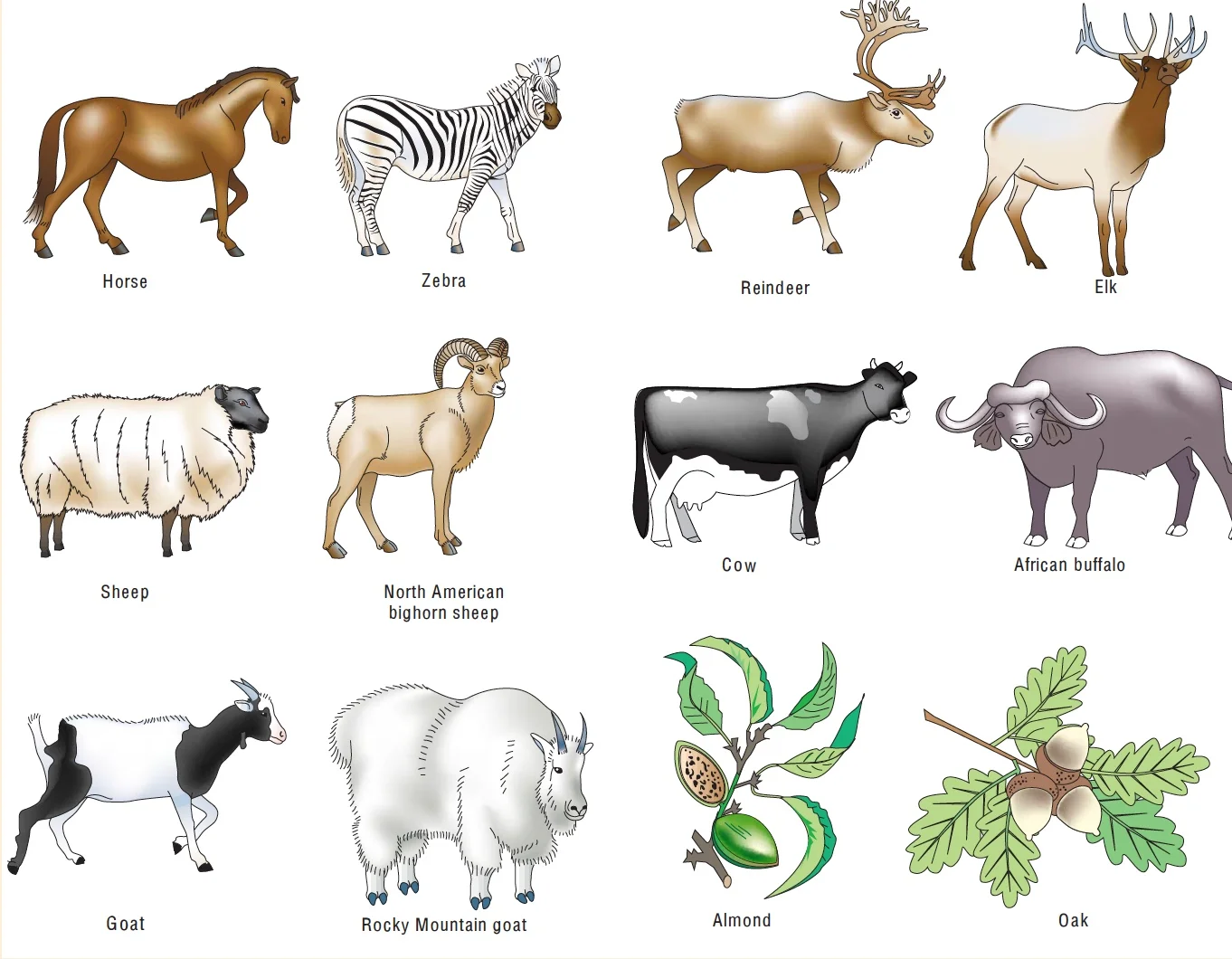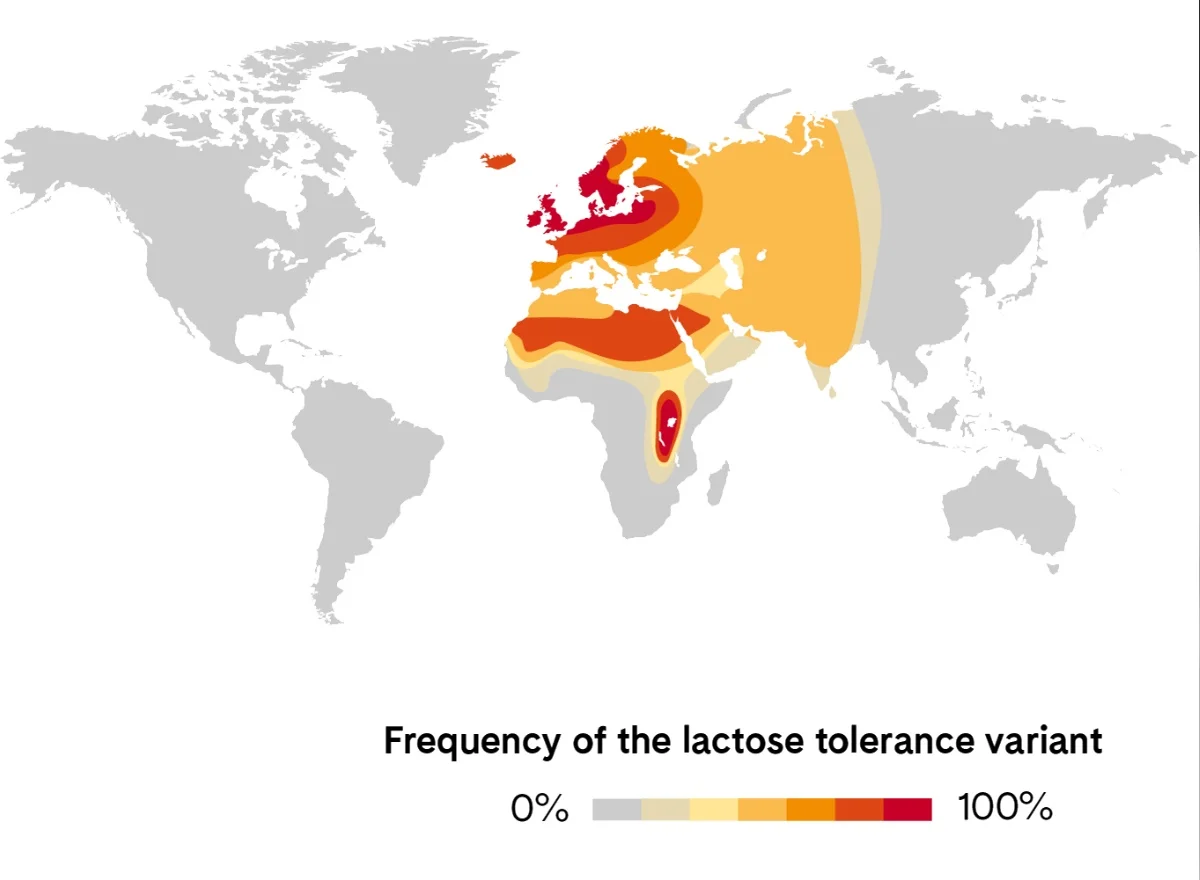What Makes the Neolithic Era a Revolution?
A midterm paper for 'Nature, Society, and Adaptation'
What Makes the Neolithic Era a Revolution?
The Neolithic Era, according to scholars, began nearly ten thousand years ago (Wells, 2010). This era marked the New Stone age, just after the Paleolithic. Every time period, both archaeological and geological, has an event, which marks a moment in history or the beginning of a new era. Even so, there is overlap in the timing of such eras; they don’t shift overnight, which is why scholars say the Neolithic began “about” ten thousand years ago. British historian and archaeologist V. Gordon Childe coined the term ‘Neolithic Revolution’, and he “fully meant it to be taken as a revolutionary transition” (p. 34, Wells 2010). The Neolithic Era was marked by the transition from foraging practices to a widespread use of agriculture: the cultivation of land and the domestication of certain plants and animals. Several groups of humans cultivated the Earth and transitioned from hunting and gathering to domestication and agriculture during this time; settling down and farming the grains they had gathered. Humans modified their foraging lifestyle of the Paleolithic Era to better equip them for survival in the thawing environment at the end of the last glacial maximum (Wells, 2010). Humans evolved over time as a result, and their lifestyle was changed forever. The slow transition in the Neolithic Era, from foraging to agriculture, was dominated by the domestication of plants and animals. Domestication during the ‘Neolithic Revolution’ ultimately resulted in many major side effects to humanity including but not limited to: an exponentially increased population and evolved changes in human DNA.
Domestication
The Neolithic Revolution, often used interchangeably with ‘Agricultural Revolution,’ marked the advent of the farming methods humans practice today. Domestication involves humans’ deliberate selection and alteration of certain traits in organisms to more efficiently serve their needs. This deliberate selection often resulted in the taming of wild animals or detoxifying of wild plants. Domestication, however, often takes several generations and a few thousand years to be genetically inherent; i.e. wild animals can be tamed, but domestication implies an inherent behavior from birth.
The term ‘domestic animals’ often refers to livestock or common household pets like dogs and cats. Dogs are an excellent example of modified behavior through domestication. The several hundred breeds of dogs alive today did not occur through a natural process of evolution: humans domesticated them. About thirteen thousand years ago, humans encountered wolves and began to select them for loyalty. It’s important to note that humans began to domesticate wolves thirteen thousand years ago, and those ancient wolves are not the same as the extant gray wolf in the wild today (Finklea, 2018). The modern gray wolf, Canis lupus, is a descendant rather of some ancient wolf and has the same relation to domesticated dogs today, Canis familiaris, as chimpanzees do to humans. Wolves arose during the time of hunter-gatherers, the Paleolithic, and were domesticated by humans throughout the Neolithic as a result of selection for tameness and loyalty. More tame wolves were helpful to humans in hunting other prey, as they are predatory carnivores. Over time, humans selected certain traits in dogs that were more helpful in achieving different tasks, and that selection created the diverse array of dog breeds we have today (Finklea, 2018). From the hunting dachshund to the herding shepherd, every breed was domesticated for a different human need, and now, each of those chosen behaviors are written in their DNA.
Figure 1, Domesticated organism (left) and wild ancestor (right) (Diamond, 2002).
Natural selection follows Darwin’s ‘survival of the fittest’ model in that the most effective traits allow organisms to survive and pass on their genetic information (Spencer, 1864). On the other hand, humans typically domesticate organisms via artificial selection. Artificial selection involves human influence by deliberately selecting organisms with traits that benefit human survival and continuing to breed them to pass on those favorable traits. Almonds, for example, are a domesticated version of wild oak seeds. The common almond present today was once mildly toxic to humans (Delplancke, Alvarez, Benoit, Espíndola, I Joly, Neuenschwander, & Arrigo, 2013). The toxin in those almonds caused a bitter taste, and humans would avoid exposure to the toxins by selecting almonds that tasted less bitter. Presence of the toxin in the wild was likely an adaptation to keep animals from eating the seed. If the almond seed is chewed and digested by other organisms, then the plant can’t spread. For humans, however, almonds provide an excellent source of protein, and over time, the less bitter almonds were intentionally cultivated in the Mediterranean and like climes. Not only did these almonds taste better, but also they had minimal traces of toxins.
Both of these examples convey that domestication requires a degree of human dependence for survival. Domesticated dogs rely on humans for food and shelter, and they provide companionship, loyalty, and often work in return. Domesticated almonds might not survive very long in the wild without human cultivation. With out the toxin to protect their seeds from being crushed and consumed, the almond plant would not be able to spread. Humans keep both of these organisms alive and thriving to serve their own benefit, which however inherently selfish a goal, adds diversity to the planet and preserves life.
Population Boom
The advent of intensive agriculture, about ten thousand years ago, caused the total human population to grow from seven million to seventy million in the span of five thousand years (Armelagos, Goodman, and Jacobs, 1991). Agricultural societies gave rise to civilization, and seven million to seventy million is a significant increase. Such a huge population increase, however, has consequences; more people on the planet means more mouths to feed and lives to sustain. Population geneticist Spencer Wells suggests the population boom during the Neolithic Revolution “was humanity’s first real encounter with Thomas Malthus’s conjecture that population growth will eventually produce more people than can be supported by the available food supply” (p. 39, 2010).
Figure 2, Logarithmic graph of human population fluctuation over time (Armelagos, Goodman, and Jacobs, 1991).
Intensive agriculture produces fruitful crops that yield excess and allow humans to provide for larger populations. Cultivating the land via intensive agriculture, however, is highly labor intensive. Why, then, would foragers want to abandon a leisurely foraging lifestyle for time-consuming agricultural practices? Anthropologist Jared Diamond argues that the first foragers to settle down and plant grains, in a way, did not have a choice (2002). When these ancient humans began to cultivate the land, they had no hindsight to reference the practices of other societies, nor the foresight to recognize the future consequences and potential disadvantages of farming: like intense labor, widespread famine, and animal borne diseases. Foragers living near the first farming settlements had the opportunity to witness the disadvantages of farming and avoid pursuing that lifestyle. If that’s the case, then only those witnessing foraging societies truly had a choice to pursue, or not pursue, agriculture. With disadvantages like time consumption and animal borne illness at stake, it’s reasonable that ancient foragers would find the farming lifestyle unappealing. Even so, some foragers settled and cultivated the land, and thousands of years later, we have them to thank for the domestication of many plants and animals, which humans subsist off of today.
Human Adaptation and Changing DNA
Farming technology and methodological advancements ultimately lead humans to their current state and genetic makeup. Over time, humans that practiced agriculture developed adaptations to their genes in order to more effectively process certain nutrients. For example, many European populations can digest the sugar in dairy, lactose, as a result of the domestication of certain mammals (Diamond, 2002). The primitive trait for humans is to be lactose intolerant. Humans were meant to be able to digest the sugar in milk only during infancy. Once an their mother’s milk is no longer the primary food source, humans should slowly become lactose intolerant. This is also the case for other mammals in the animal kingdom. Pastoralists in Africa and Western Eurasia, during the Neolithic Era, herded pastoral mammals and subsisted off their milk. These humans likely determined that it was more cost-effective to keep animals around and live off of their milk for months at a time rather than kill them and only have an edible product for a few days. After several thousand years of pastoral subsistence, those humans developed an adaptation in their DNA that allows them and their progeny to digest the sugar in milk long after infancy (Insitome, 2017).
Figure 3, Map of the genetic frequency of lactose tolerance before globalization (Insitome, 2017).
Agriculture Changed Humanity
When analyzing the interactions of humans with their environment during the Neolithic era, the primary driver of the ‘revolution’ seems to be domestication. Farming practices over thousands of years made the Neolithic Era a ‘revolution’ and consequently interchangeable with the phrase ‘Agricultural Revolution.’ Domestication of other organisms directly affects humanity in two main ways: population growth and DNA adaptation. In the never-ending search for knowledge, however, there’s not one right answer, nor one reason things occur in nature. As anthropologist Richard Potts said, “it will always be hard to associate a cause with an effect” (Polissar & Jackson, 2018). It’s possible that there were several other factors contributing to the domestication of the human genome alongside several other organisms other than agricultural practices of the Neolithic Era. Humans have the incredible ability to modify their environment in ways that benefit them. Although, to paraphrase Winston Churchill; we shape our environment, and thereafter it shapes us (Churchill, 1944). Every change humans make to the environment has both long and short-term consequences, and the environment humans shape and dwell in ultimately affects the way they form over time.
Resources
Armelagos, G., Goodman, A., & Jacobs, K. (1991). The origins of agriculture: Population growth during a period of declining health. Population and Environment. 13(1): pp. 9-22.
Churchill, W. (n.d.). Speech to the House of the Commons, 1944. Speech, London.
Francis, R. C. (2016). Domesticated: Evolution in a Man-Made World. New York: W. W. Norton & Company.
Delplancke, M., Alvarez, N., Benoit, L., Espíndola, A., I Joly, H., Neuenschwander, S., & Arrigo, N. (2013) Evolutionary history of almond tree domestication in the Mediterranean basin. Mol Ecol. 22(4): pp.1092-104.
Diamond, J. (2002). Evolution, Consequences and Future of Plant and Animal Domestication. Nature, 418(8), pp. 700-707.
Finklea, M. (2018, March 22). How Did Dogs Become 'Man's Best Friend?' Retrieved April 26, 2018, from https://blog.insito.me/how-did-dogs-become-mans-best-friend-14eb70825dfb
Lactose Tolerance. (2017). Retrieved May 3, 2018, from https://www.insito.me/app/insight/metabolism/lactose-tolerance
Polissar, P. & Jackson, K. (2016, June 6). New support for human evolution in grasslands: A 24-million-year record of African plants plumbs deep past. Retrieved February 12, 2018, from https://phys.org/news/2016-06-human-evolution-grasslands-million-year-african.html
Spencer, H. (1864). The Principles of Biology. London: Williams and Norgate.
Wells, S. Pandora's Seed: The Unforeseen Cost of Civilization. New York: Random House, 2010.




